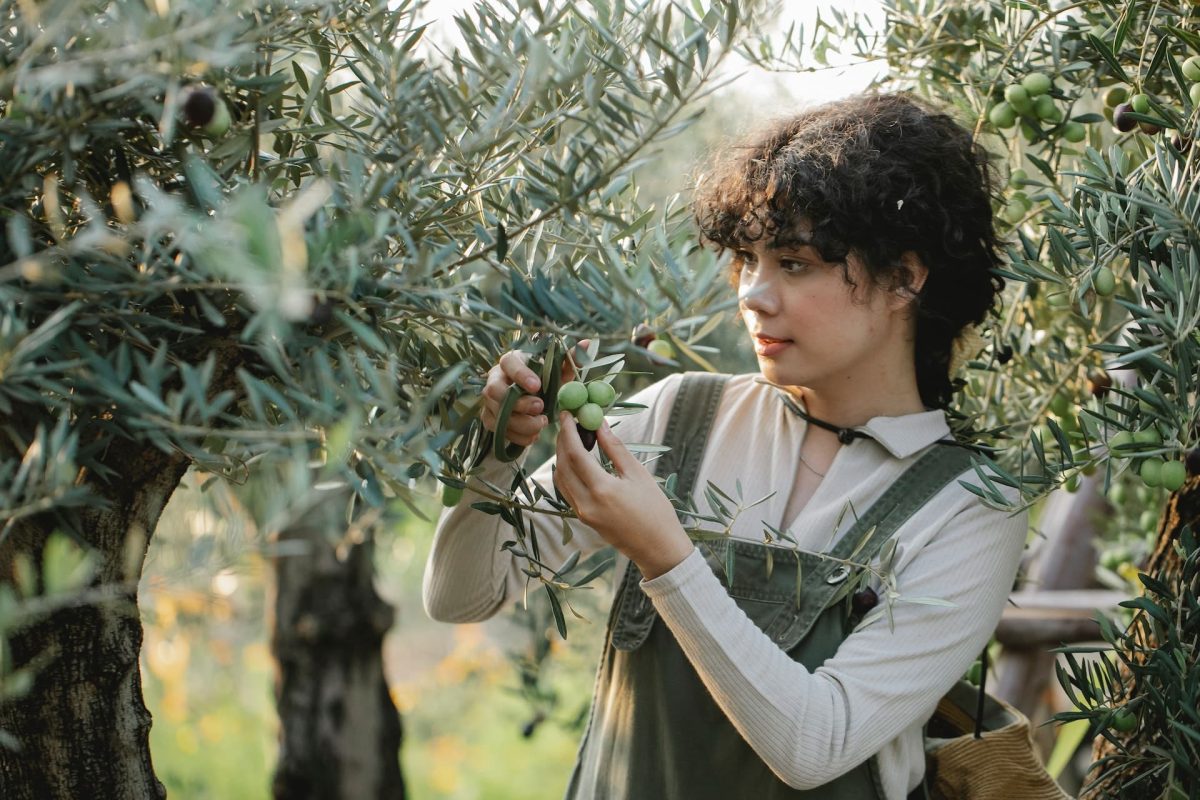YETRAC
Proper Fertilization Techniques for Olive Trees: A Guide to Optimal Growth and Fruitfulness
Proper Fertilization Techniques for Olive Trees: A Guide to Optimal Growth and Fruitfulness
Introduction
Fertilization plays a crucial role in ensuring the healthy growth and productive yield of olive trees. By providing the right nutrients, fertilization supports their overall development, enhances fruit production, and promotes their resistance to diseases and environmental stresses. In this comprehensive guide, we will delve into the proper techniques for fertilizing olive trees, helping you achieve optimal results in your cultivation efforts.
Conduct Soil Analysis
Before initiating the fertilization process, it is essential to perform a soil analysis. This analysis determines the pH level, nutrient deficiencies, and other soil characteristics. By understanding these aspects, you can identify the specific nutrient requirements of your olive trees.
Select the Appropriate Fertilizer
For olive trees, it is generally recommended to use a balanced fertilizer that contains essential nutrients like nitrogen (N), phosphorus (P), and potassium (K) in well-balanced proportions. An NPK ratio of 10-10-10 is often suitable for olive trees. However, based on the results of your soil analysis, you may need to select a different fertilizer that addresses the specific nutrient deficiencies.
Timing of Application
The ideal timing for fertilizing olive trees is typically during the spring and fall seasons. Spring application provides the necessary nutrients before the growth period, while fall application aids in preparing the trees for the upcoming winter.
Dosage and Application
The dosage of fertilizer should be determined based on the soil analysis results and the instructions provided by the fertilizer manufacturer. As a general guideline, it is recommended to use 100-200 grams of fertilizer per olive tree. Apply the fertilizer around the root zone of the tree, spreading it evenly beyond the outer canopy of the branches. You can either incorporate the fertilizer into the soil or apply it as a top dressing.
Irrigation
After fertilization, it is crucial to provide ample irrigation to the olive trees. Watering helps the fertilizer effectively blend with the soil and facilitates the absorption of nutrients by the plants.
Regular Fertilization
Regular fertilization is essential for the sustained health and productivity of olive trees. Typically, fertilization should be conducted once or twice a year. However, the frequency may vary based on soil analysis results and the specific requirements of the trees. Young olive trees may require more frequent fertilization.
Consider Organic Fertilizers
Organic fertilizers are a viable option for fertilizing olive trees. They improve soil structure, promote microbial activity, and enhance long-term soil fertility. Organic fertilizers nourish the soil and have fewer environmental impacts compared to synthetic fertilizers.
Precautions
When fertilizing olive trees, it is important to exercise caution. Avoid excessive fertilizer application, as it can lead to plant burn or root damage. Avoid direct contact of the fertilizer with tree trunks or leaves, as this may cause leaf burn. Additionally, follow health and safety measures during fertilizer application, ensure proper storage of fertilizers, and adhere to the instructions provided.
Conclusion
Proper fertilization is crucial for the successful cultivation of olive trees, supporting their healthy growth and productive yield. By conducting a soil analysis, selecting the right fertilizer, and following the appropriate application techniques, you can ensure the optimal development of your olive trees. Seeking advice from local agricultural experts or experienced olive growers can provide valuable insights and recommendations for your specific cultivation practices.

